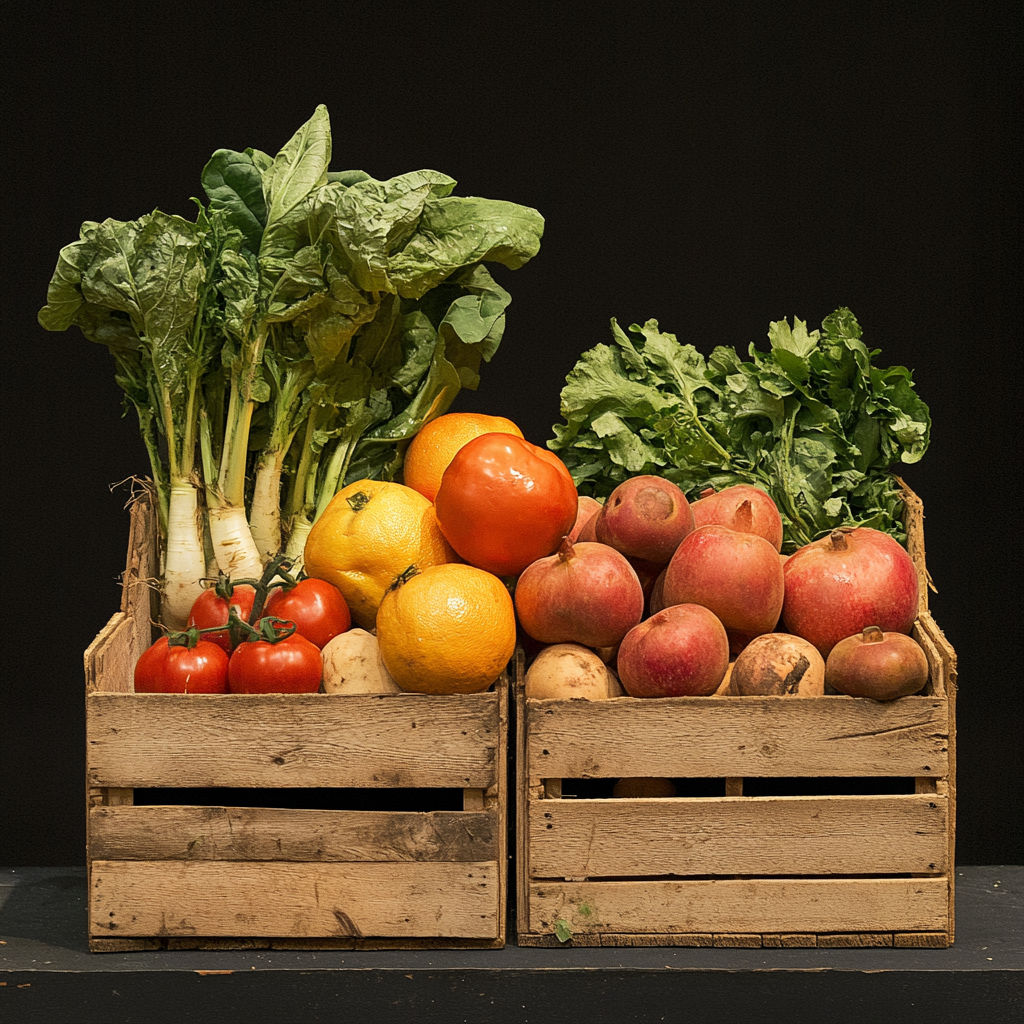From Farm to Table: How Food Boxes Support Local Farmers
In recent years, the farm-to-table movement has gained significant traction, emphasizing the importance of sourcing food directly from local producers. One of the most effective ways this movement has manifested is through the rise of food boxes. These curated packages, filled with fresh produce and artisanal products, not only provide consumers with high-quality ingredients but also play a crucial role in supporting local farmers.

Food boxes, often delivered directly to consumers’ doorsteps, are a convenient way to access seasonal and locally grown food. They typically include a variety of items such as fruits, vegetables, dairy products, and meats, all sourced from nearby farms. This model not only ensures that consumers receive the freshest products but also fosters a direct connection between them and the farmers who grow their food. By purchasing food boxes, consumers are making a conscious choice to support their local agricultural community, which is vital for the sustainability of local economies.
One of the most significant benefits of food boxes is that they help to reduce the carbon footprint associated with food transportation. Traditional grocery store supply chains often involve long-distance shipping, which contributes to greenhouse gas emissions. In contrast, food boxes sourced from local farms minimize transportation distances, thereby reducing environmental impact. This eco-friendly approach aligns with the values of many consumers who are increasingly concerned about sustainability and climate change.
Moreover, food boxes provide farmers with a reliable income stream. Many small-scale farmers struggle to compete with large agribusinesses, which can drive prices down and make it difficult for them to sustain their operations. By participating in food box programs, farmers can sell their products directly to consumers, often at a fair price that reflects the true value of their labor and produce. This direct-to-consumer model not only supports farmers financially but also empowers them to invest in their farms and improve their practices.
In addition to economic benefits, food boxes also promote biodiversity and seasonal eating. When consumers receive a box of produce, they are often introduced to new fruits and vegetables that they may not typically purchase at a grocery store. This encourages them to experiment with different recipes and cooking methods, ultimately leading to a more varied and nutritious diet. Furthermore, by focusing on seasonal produce, food boxes help consumers understand the importance of eating in harmony with nature and the agricultural calendar.
Community engagement is another vital aspect of food box programs. Many initiatives include educational components, such as recipes, cooking tips, and information about the farmers who grow the food. This not only enhances the consumer experience but also fosters a sense of community and connection to the land. By learning about where their food comes from and the people behind it, consumers are more likely to develop a deeper appreciation for local agriculture and the challenges that farmers face.

In conclusion, food boxes are a powerful tool in the farm-to-table movement, providing numerous benefits for both consumers and local farmers. They promote sustainability, support local economies, encourage biodiversity, and foster community connections. As more people recognize the value of eating locally and supporting their agricultural communities, food boxes will continue to play an essential role in bridging the gap between farms and tables across the country. By choosing to invest in local food systems, consumers can help ensure a vibrant future for farmers and the environment alike.
Post time: Apr-29-2025






